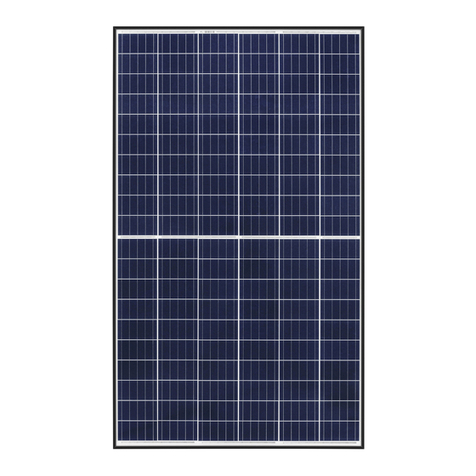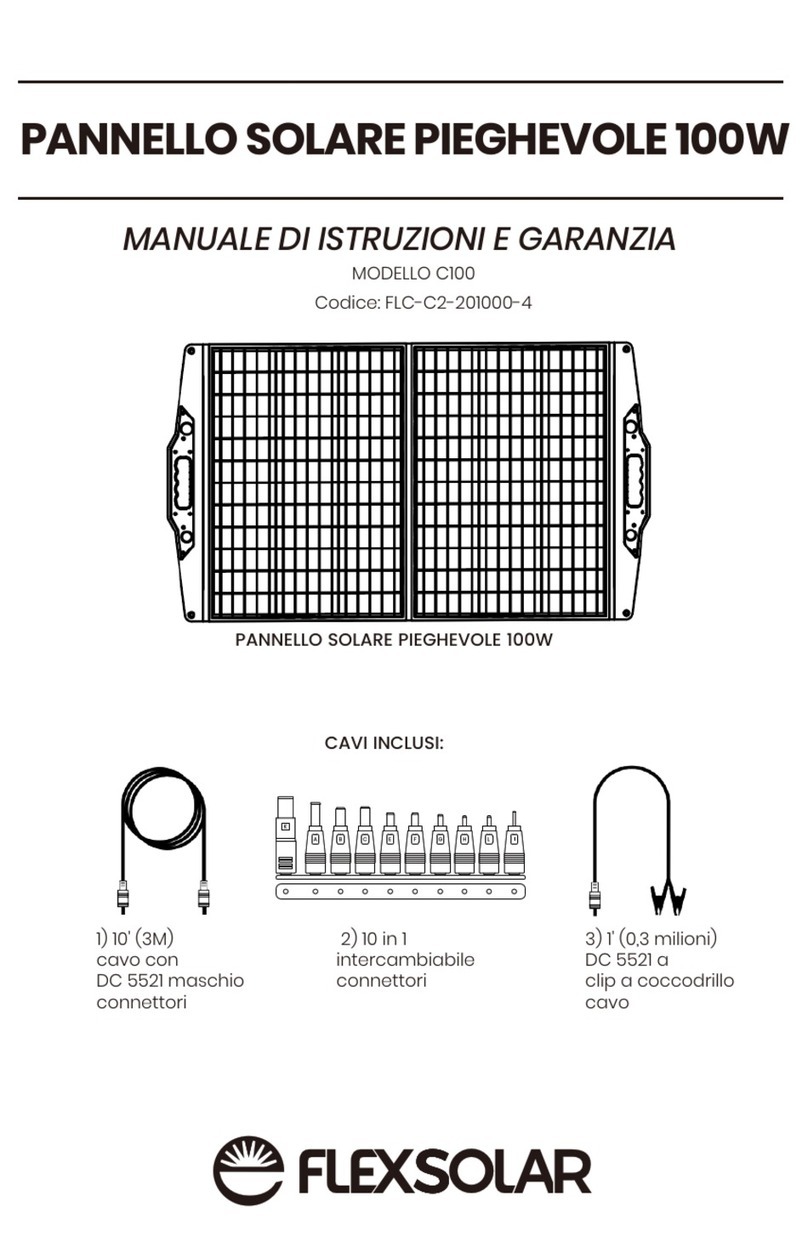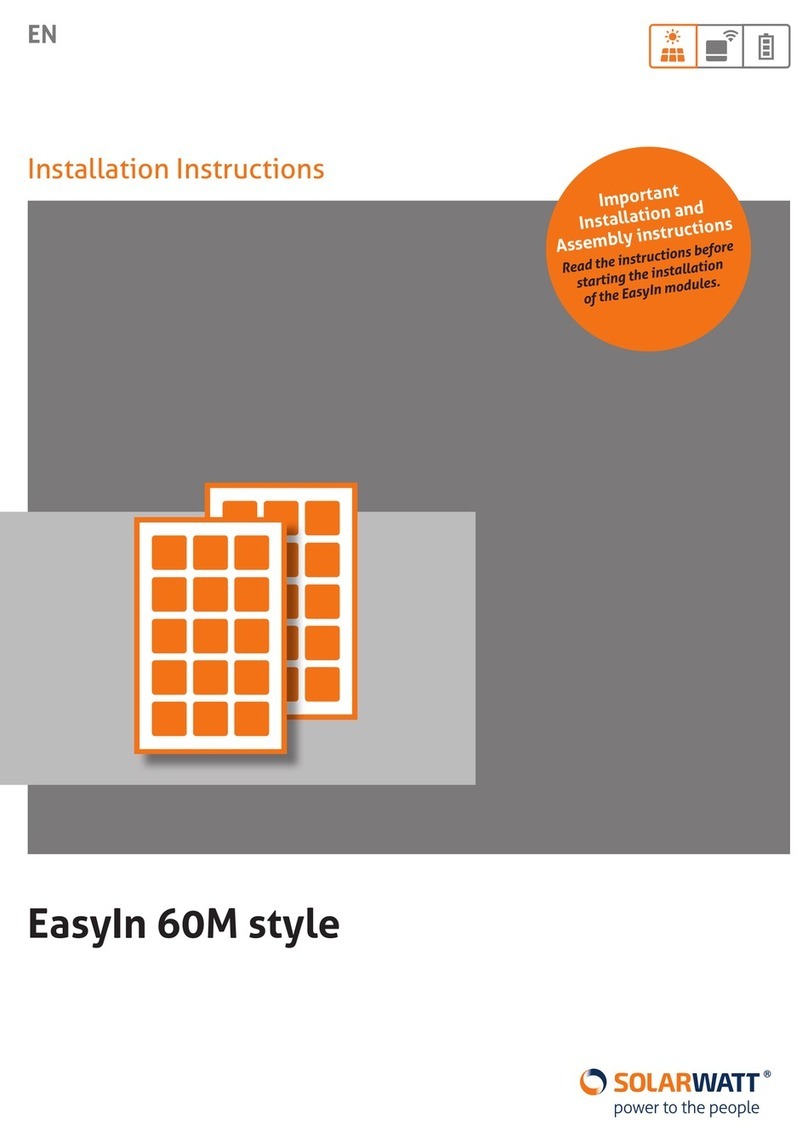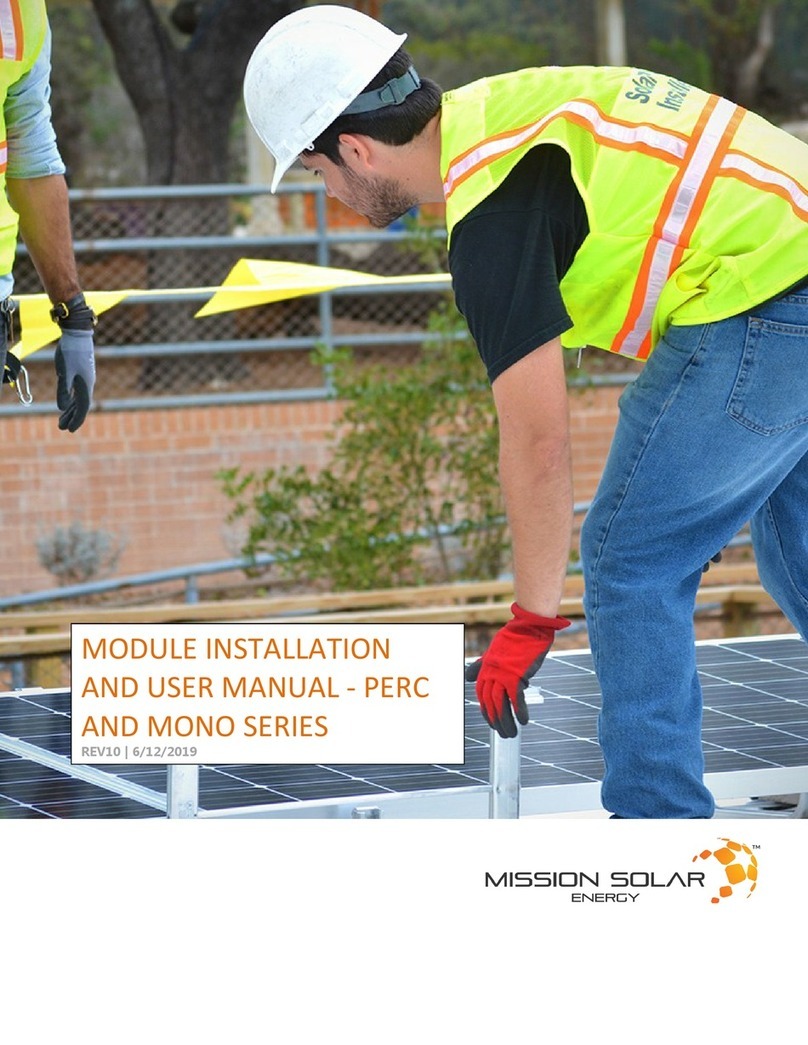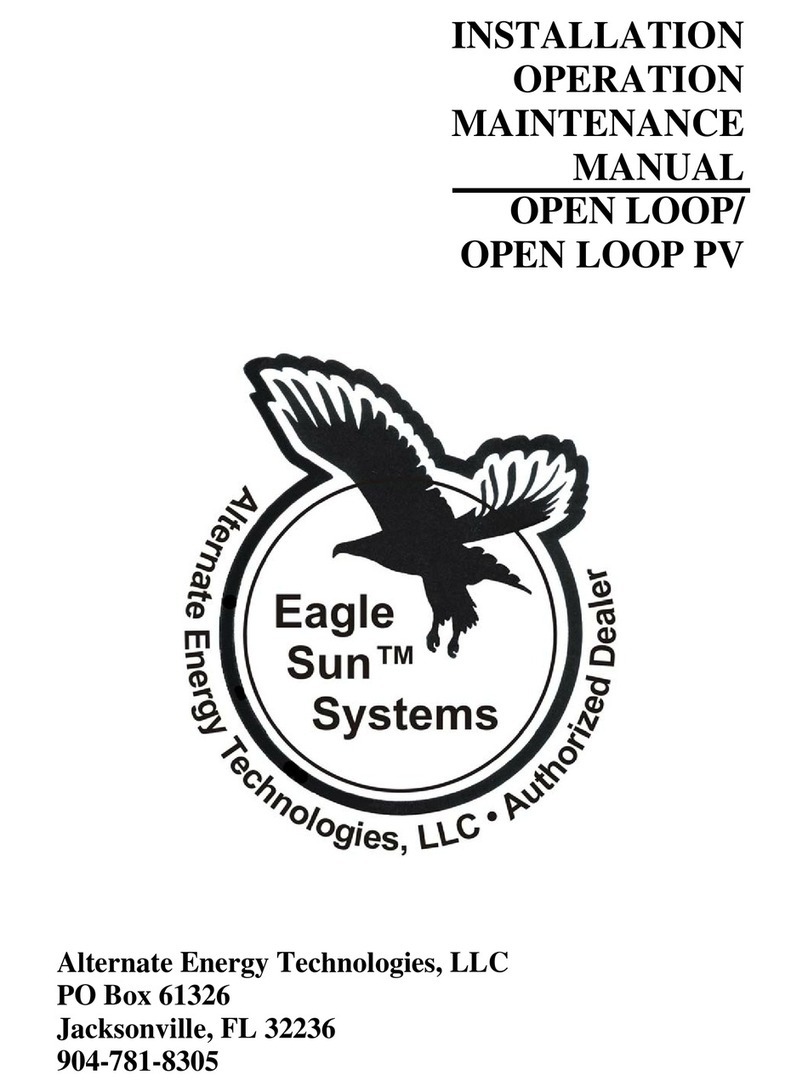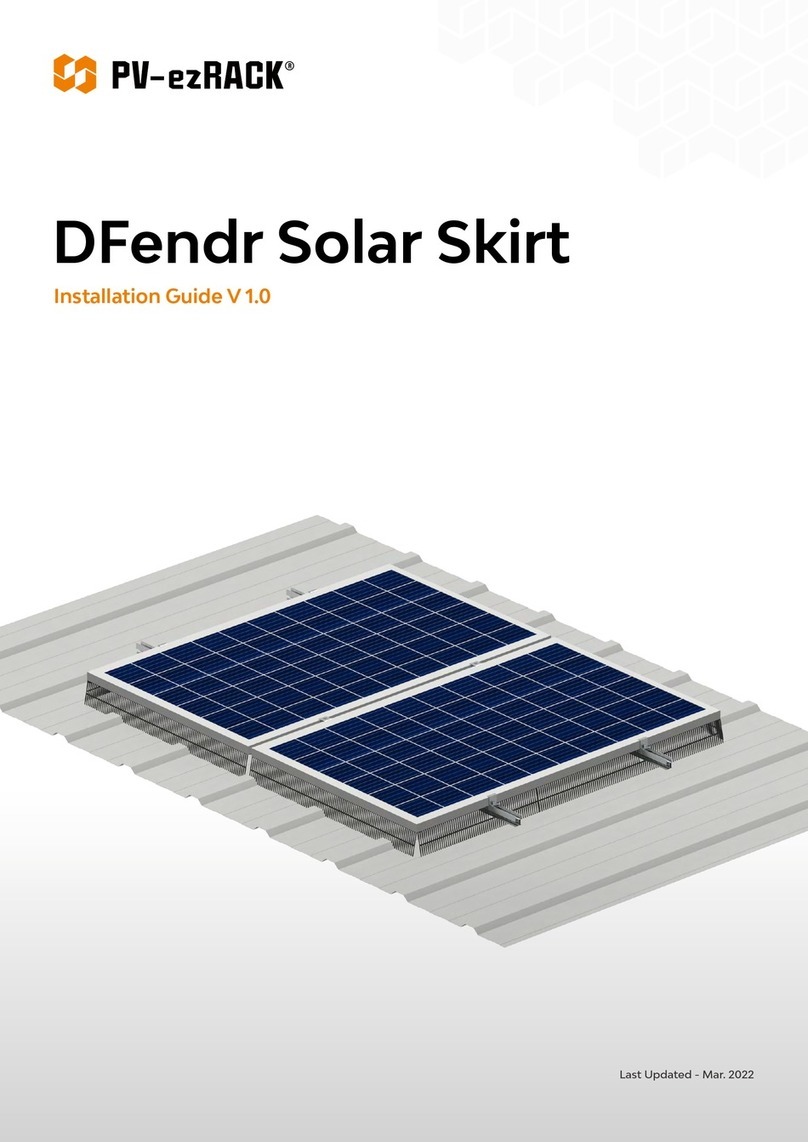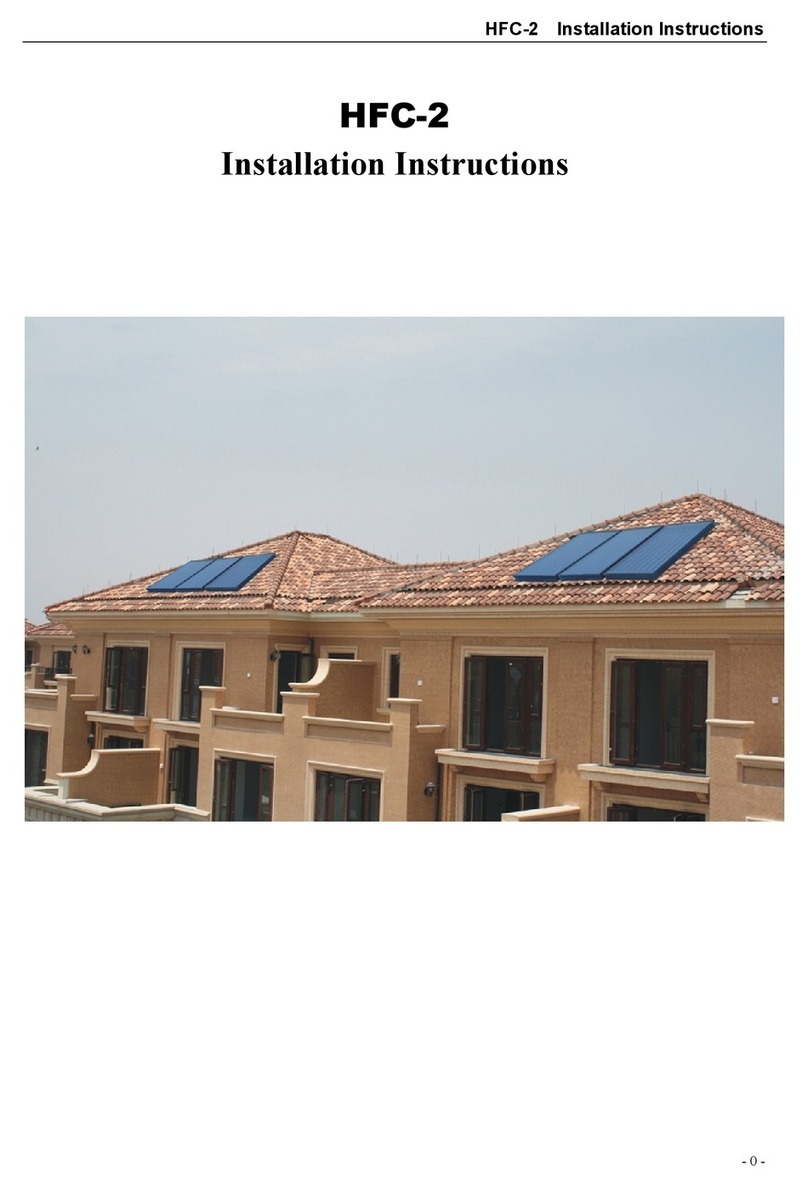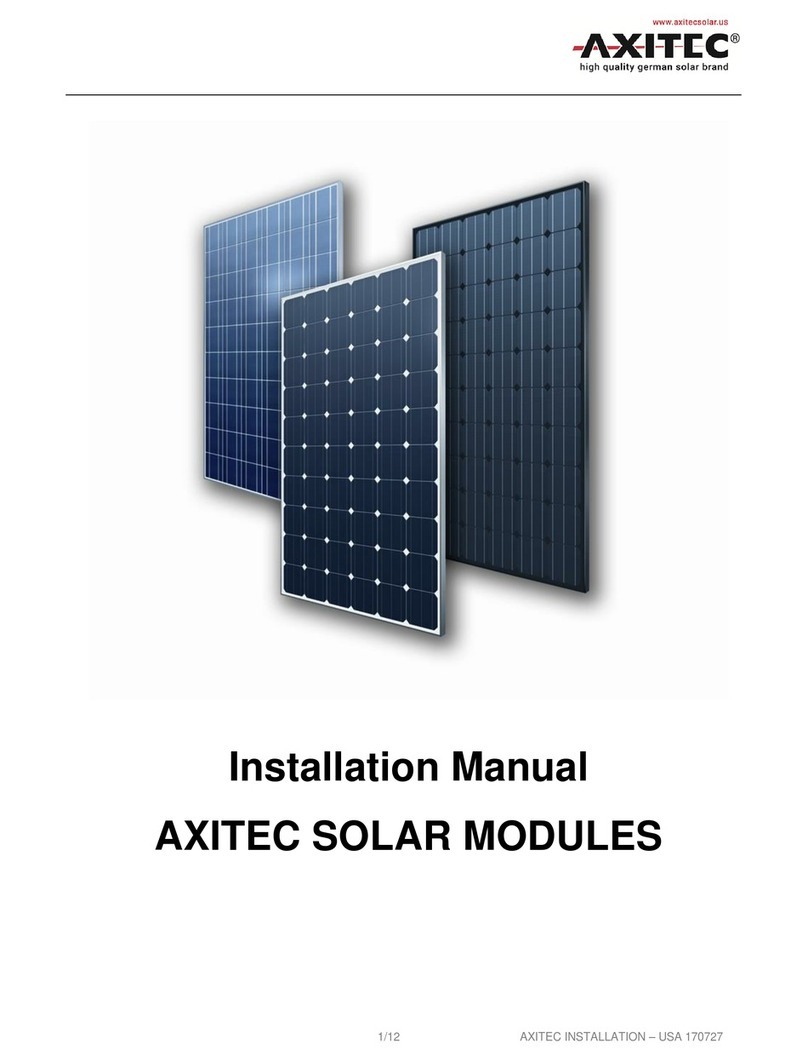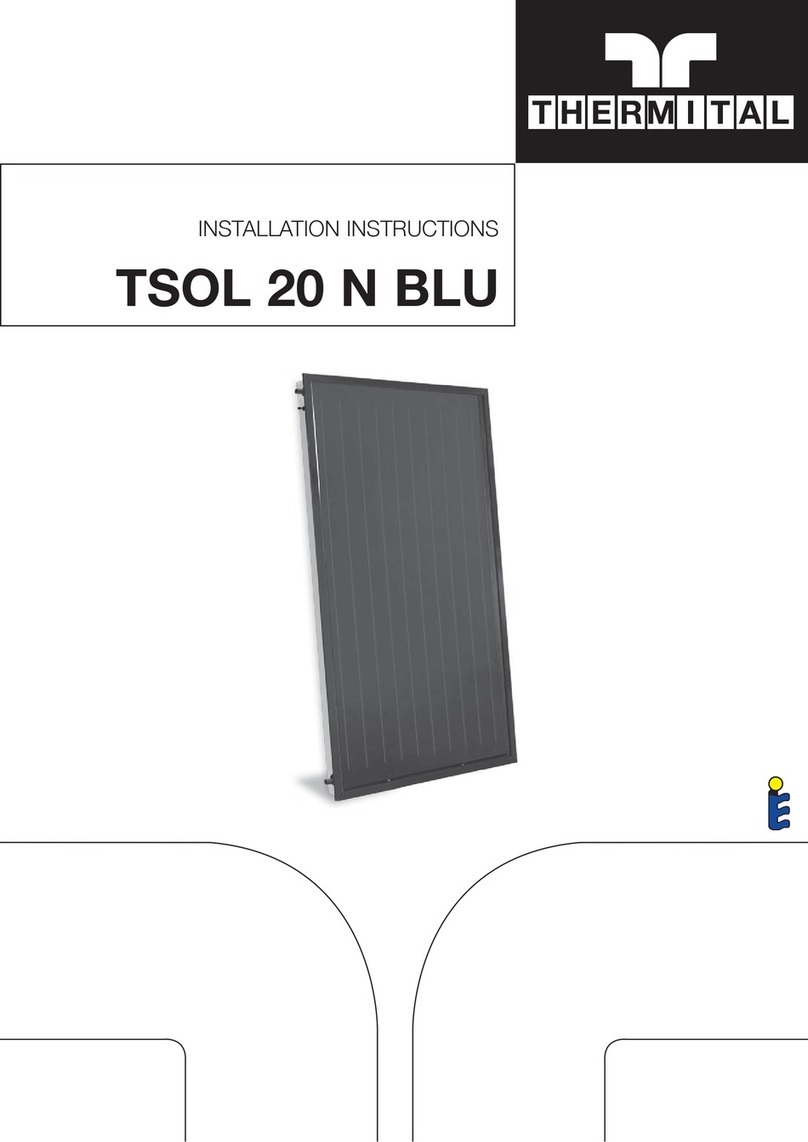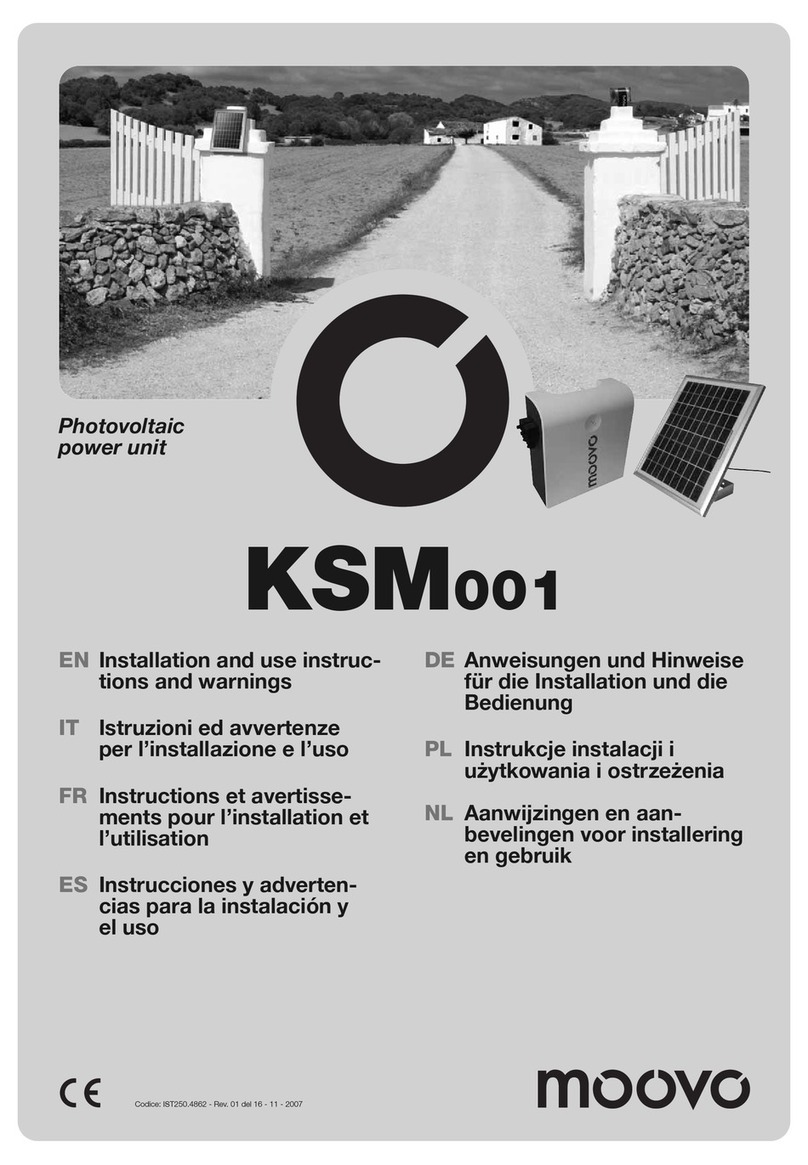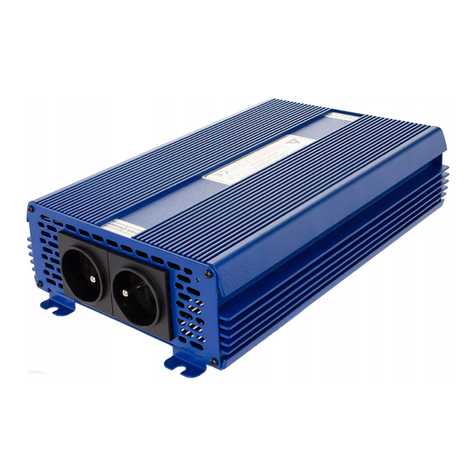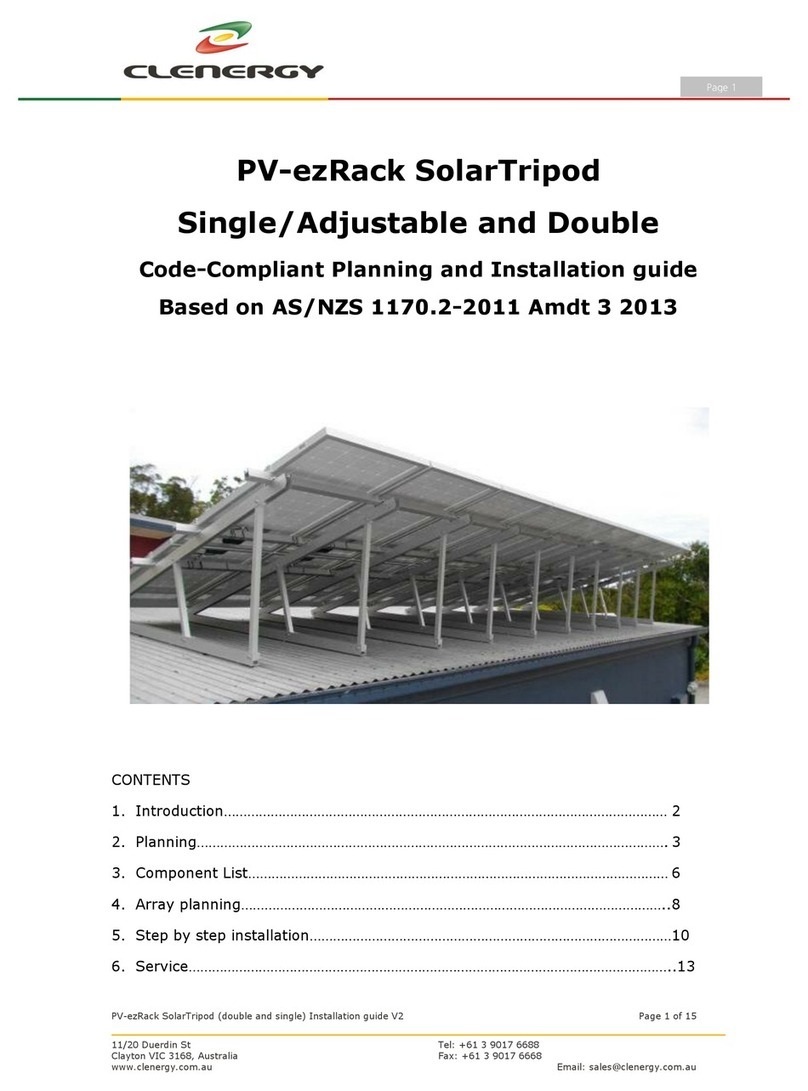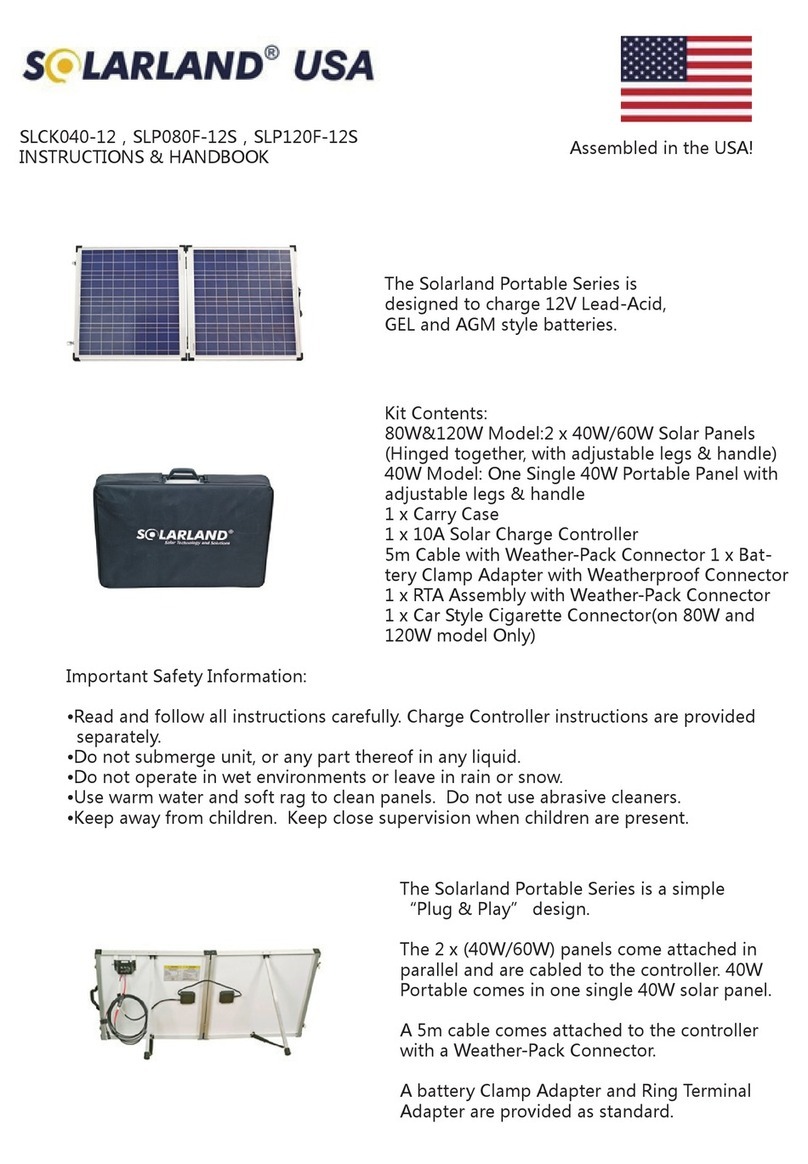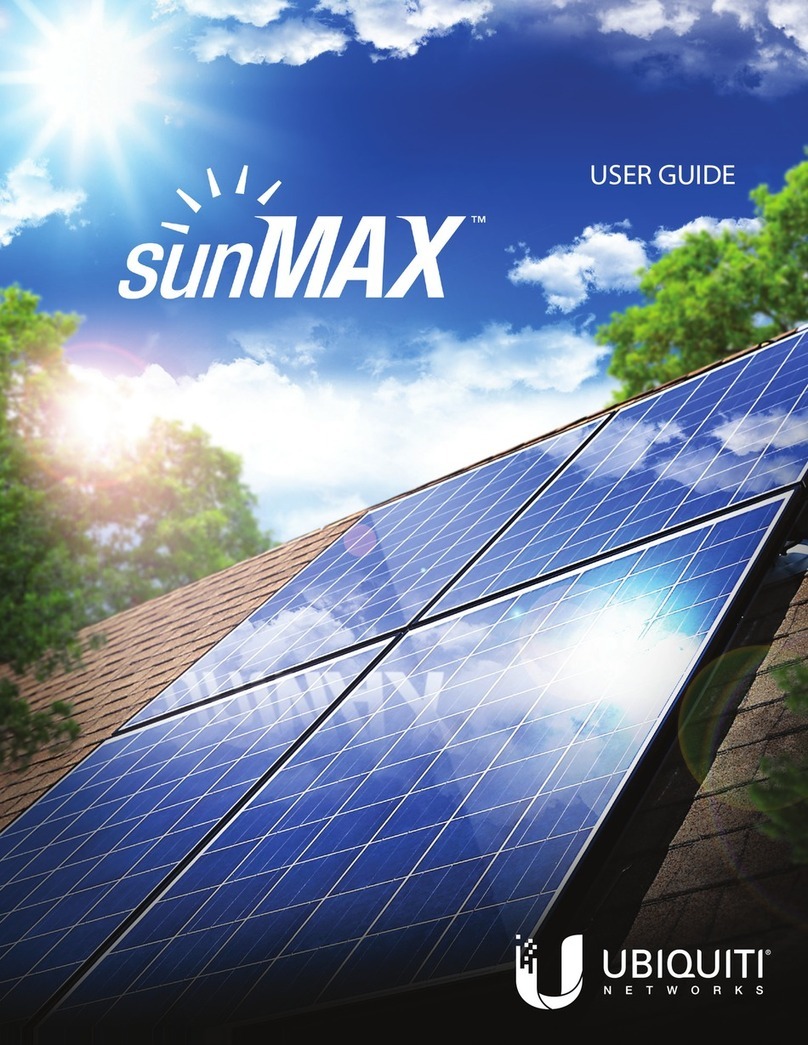
Specifications
Collector Frame and Battens: Type 6063-T6 extruded aluminum frame and battens with architectural bronze
powder-coat finish.
Backsheet: Type 3105-H14, 0.019” stucco
embossed aluminum sheet (bronze) pop-riveted to
aluminum frame.
Corner Brackets: Architechtural aluminum angles
inside with aircraft-grade pin grip rivets to insure
high stability.
Insulation: Polyisocyanurate foam board insulation.
Foil-faced, glass fiber-reinforced, rigid board
Thermax sheathing (1-1/4” in the bed / 3/4” in the
sidewalls).
Absorber Plate: Manufactured by Thermafin™ Mfg.,
a 100% copper absorber plate, high frequency forge
welded to create a crystalline homogenous
connection between the fin and riser tube.
Absorber Coating: Exclusively by Thermafin™
Manufacturing,
Selective Crystal Clear Coating α ≈ 0.96 ε ≈ 0.08
Glazing: Low-Iron Tempered Glass exclusively using
our new “High-T” tempered glass with a total solar
energy transmission of 90%.
Gasket, Grommets: A UV durable EPDM, U-channel
gasket with molded corners which prohibits water
penetration and assures long life. Extruded Silicone
Grommets, 1-1/8” bore, seal the plumbing ports.
Fasteners: 5056 Aluminum Rivets secure the
backsheet. Batten screws are 18-8 SS, 10-24 x 3/8”,
Hex head screws black oxide coated.
Working Pressure: 165 PSI
Flow Rate: 0.5 to 1.8 GPM (recommended)
Warranty: 10 Year Full
Design Life: 30 Years
